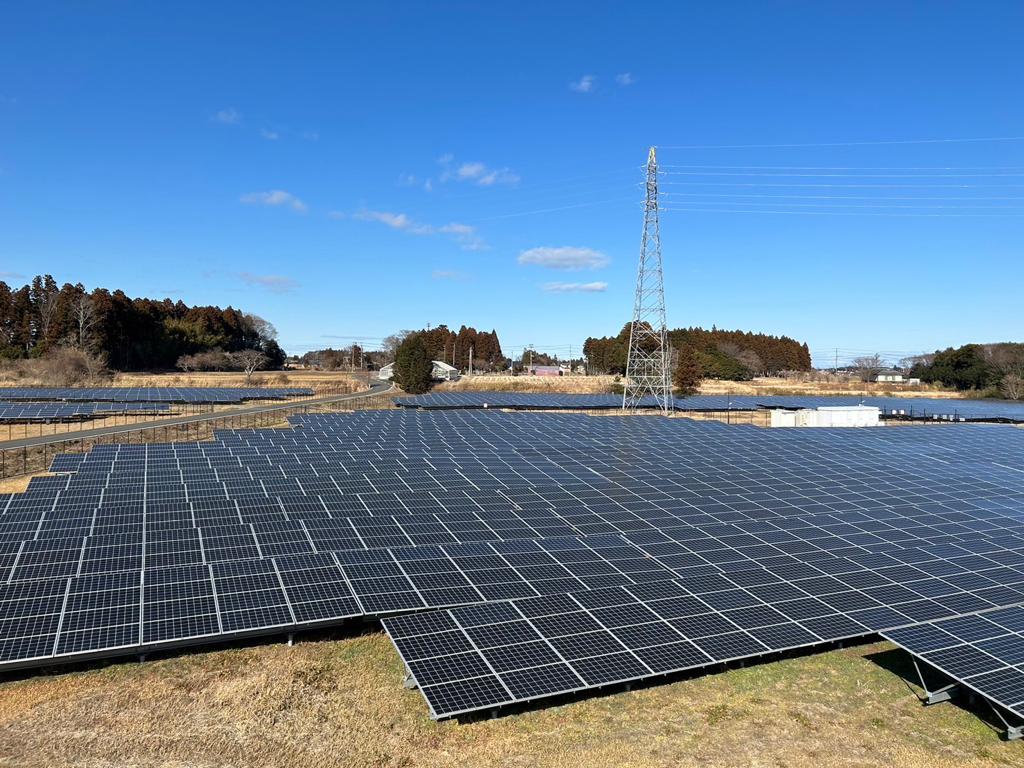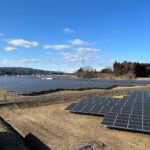Eleven years have passed since the devastating earthquake and tsunami hit Japan in 2011. At magnitude 9.0, the 2011 Great East Japan Earthquake was the largest earthquake ever recorded in Japan.
In this special series, we will take a look at how Fukushima is recovering from the double crisis of the 3.11 earthquake and the Fukushima Daiichi nuclear meltdown.
2011 Great East Japan Earthquake at a Glance1
- Date/Time: March 11, 2011, 14:46 JST
- Magnitude: 9.0
- Prefectures with a seismic intensity of 6-lower or greater: Miyagi, Fukushima, Ibaraki, Tochigi, Iwate, Gunma, Saitama, Chiba
- Tsunami: Large tsunamis in various areas (Max. wave height: Soma [9.3 m and higher], Miyako [8.5 m and higher], Ayukawa in Ishinomaki City [8.6 m and higher])
- Casualties/Missing: 19,759 casualties and 2,553 missing
- Houses destroyed: 122,006 houses were completely destroyed
- Evacuation order issued (area): 1,150㎢ (August 2013 (maximum))
- Number of evacuees: 470,000 (right after the nuclear accident)
Fukushima Renewable Energy Promotion Vision
In March 2011, in the aftermath of the 3.11 triple disasters, Fukushima Prefecture developed the Fukushima Renewable Energy Promotion Vision2. In March 2012, the prefecture revised the vision with the ambitious goal of generating over 100% of its energy demand with renewable energy by 20403. In an effort to achieve its goals, Fukushima Prefecture has since supported installations of renewable energy systems such as residential solar and batteries, locally-led renewable energy projects, human resources development, and public awareness-raising activities, among other initiatives.
Here are some of the organizations promoting renewable energy in Fukushima:
- Founded in 2013, Fukushima Electric Power has been installing and operating solar plants in Fukushima Prefecture. The company also conducts seminars, site-visit tours and training to raise public awareness of renewable energy. Fukushima Electric Power is funded by Fukushima Prefecture as well as local towns and cities, private companies and financial institutions4.
- In 2017, Fukushima Renewable Energy Center was formed to establish Fukushima as a pioneer in renewable energy. The center provides support to local businesses to promote locally-led deployments of renewable energy systems and helps local communities introduce residential solar and battery systems. In addition, the center conducts human resources development programs as well as public awareness-raising activities5.
- EnergyAgency. FUKUSHIMA, established in 2017, helps renewable energy enterprises in Fukushima with technological and business development through networking opportunities, business incubation projects, market development and overseas expansion support6.
- In 2014, the National Institute of Advanced Industrial Science and Technology (AIST) established Fukushima Renewable Energy Institute (FREA) in Koriyama city, Fukushima Prefecture. FREA particularly focuses on R&D activities in the renewable energy sector7.
Fukushima Innovation Coast Framework (FICF)
In 2014, the Japanese government launched the Fukushima Innovation Coast Framework (FICF) to rebuild Hamadori and neighboring areas — 15 municipalities in coastal Fukushima Prefecture heavily affected by the earthquake and tsunami, followed by the Fukushima Daiichi nuclear disaster in 2011 — by developing innovative industries in the region8 9. The Act on Special Measures for Fukushima Reconstruction and Revitalization was amended in May 2017, establishing a legal basis for the FICF9. In July 2017, the Fukushima Prefecture founded the Fukushima Innovation Coast Promotion Organization (FIPO) to promote the FICF10. The FICF has six key fields of activity: (1) Decommissioning; (2) Robotics and Drones; (3) Energy, Environment, and Recycling; (4) Agroforestry and Fisheries; (5) Medical Care; and (6) Aerospace11.
Since 2011, Fukushima has been reinventing itself as a frontrunner in renewable energy and an innovation hub for key focus areas, including Energy, Environment, and Recycling. As a result, there has been a rapid increase in solar installations of various sizes, from residential to utility-scale systems. In our next post, we will look at one of the solar energy plants in Fukushima.
References
- Reconstruction Agency, “Status of Reconstruction and Reconstruction Efforts.” Feb. 2023. Accessed: Mar. 02, 2023. [Online]. Available: https://www.reconstruction.go.jp/english/topics/Progress_to_date/English_February_2023_genjoutorikumi.pdf ↩︎
- Japan External Trade Organization (JETRO), “Supporting organizations connect businesses — Fukushima cooperates with Europe to become a frontrunner in renewable energy (Part 1) [Bijinesu tsunagu shienkikan saiene sakigake e fukushima ga oushu to renkei (zenpen)]”, Accessed: Mar. 01, 2023. [Online]. Available: https://www.jetro.go.jp/biz/areareports/2022/767f1220fdfa3ff4.html
↩︎ - Fukushima Prefecture, “Fukushima Renewable Energy Promotion Vision 2021 — To achieve sustainable society — [Fukushima ken saisei kanou enerugi- suishin bijyon — Jizoku kanou na shakai wo mezashite —].” ↩︎
- Fukushima Electric Power, “Company [Kaishajyouhou].” https://fukushima-power.com/aisatu/ (accessed Mar. 01, 2023). ↩︎
- Fukushima Renewable Energy Center, “Center profile [Senta- gaiyou]”, Accessed: Mar. 01, 2023. [Online]. Available: https://f-reenergy.org/about/ ↩︎
- EnergyAgency. FUKUSHIMA, “The aims of EnergyAgency.FUKUSHIMA.” https://energy-agency-fukushima.com/en/about/ (accessed Mar. 01, 2023). ↩︎
- National Institute of Advanced Industrial Science and Technology (AIST), “Fukushima Renewable Energy Institute, AIST (FREA)”, Accessed: Mar. 02, 2023. [Online]. Available: https://www.aist.go.jp/fukushima/en/ ↩︎
- The Fukushima Innovation Coast Framework, “About the Framework.” https://www.fipo.or.jp/en/framework (accessed Mar. 02, 2023). ↩︎
- OECD, “From Recovery to Resilience: Designing a Sustainable Future for Fukushima,” Nov. 2022. Accessed: Mar. 02, 2023. [Online]. Available: https://www.oecd.org/publications/from-recovery-to-resilience-designing-a-sustainable-future-for-fukushima-e40cbab1-en.htm ↩︎
- Ministry of the Environment Government of Japan, “Fukushima Innovation Coast Framework.” https://www.env.go.jp/en/chemi/rhm/basic-info/2018/09-04-04.html (accessed Mar. 02, 2023). ↩︎
- Fukushima Innovation Coast Promotion Organization, “Fukushima Innovation Coast Framework.” https://www.fipo.or.jp/en/ (accessed Mar. 02, 2023). ↩︎


